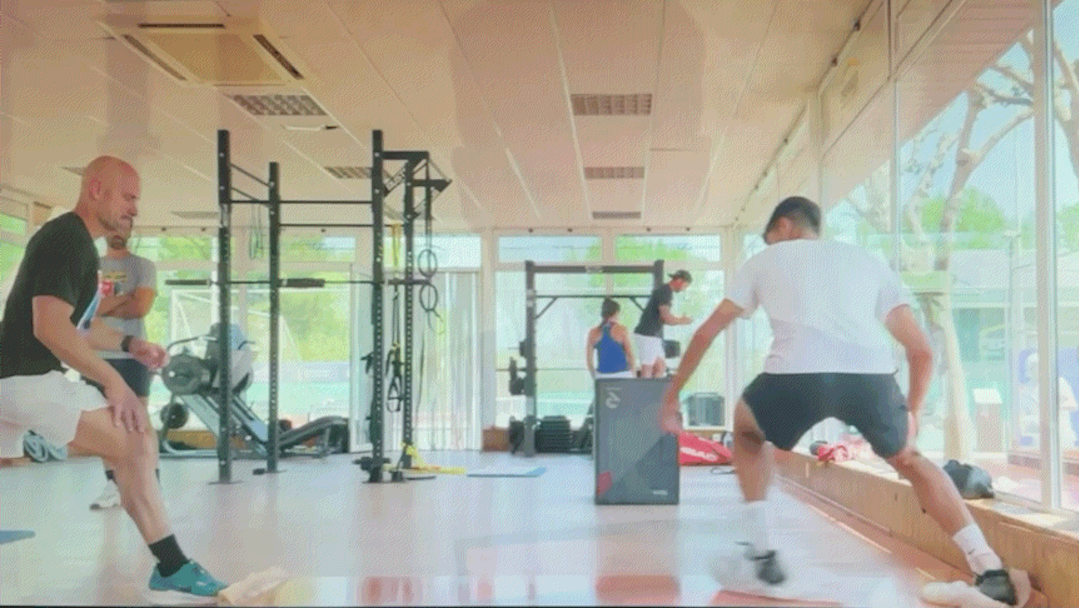As I mentioned last Tuesday, one of my favorite parts of the Netflix docuseries ‘Break Point’ is the narrative focus on Ons Jabeur. In Season 1, Episode 7, it is revealed that the Tunisian tennis player uses positive visualization and imagery as a part of her training. She is pictured on the treatment table discussing that technique when she rolls over to show the lock screen on her phone. It is a close-up image of the Venus Rosewater Dish that is awarded to the Wimbledon Champion.
This is yet another example of a training technique that recreational players can use since it doesn’t require a lot of expensive equipment or a skilled training partner. The use of visual imagery is a recurring topic on this site that has appeared in the “Psycho-Cybernetics” book review and “Self Talk and Mental Imagery Study.”
Our mental self-image is malleable and can be changed with conscious effort. In turn, that can change real-life experience. For example, a player who believes that they double fault a lot will likely do just that. However, if they can convince themselves they have a reliable service, that will likely improve their consistency.
The Psycho-Cybernetics book provides several exercises and techniques to help readers improve their self-image and achieve their goals. These exercises include visualization, self-affirmations, and goal-setting. These are all things with direct applicability to improving tennis performance.
The “Self Talk and Mental Imagery Study” post examined a research study that was published in Frontiers in Psychology. A group of young tennis players used a combination of goal-directed self-talk and motor imagery specific to serve performance. Some participants were instructed to practice mental imagery before each serve by envisioning themselves successfully hitting the shot. A second group was asked to perform both mental imagery and positive self-talk before each serve. The control group did the same physical training but was not instructed to engage in any mental strategies. The participants who practiced mental imagery both with and without self-talk improved their serve consistency following the training.
Jabeur most likely isn’t just looking at the Venus Rosewater trophy on her phone but also using it as a cue to visualize herself holding it during the post-match awards ceremony. By manifesting that image, she fosters a fundamental belief that she can win Wimbledon one day. That builds the confidence required to manage the pressure when competing in those career-defining matches.
Beyond the elite level, recreational players can easily leverage this technique. Using exercises like visualization and self-affirmations can reshape your self-image and, in turn, enhance your on-court performance. It is a training technique that every tennis player should be using.
Fiend At Court participates in the Amazon associates program and receives a paid commission on any purchases made via the links in this article. Details on the disposition of proceeds are available on the “About Fiend at Court” page.



